Electric cars fill everything, so it’s a bit of a surprise when a new plug-in hybrid arrives. One such is the Honda CR-V E:PHEV. A better PHEV than the Kia Sportage?
TEXT AND PHOTO Morten B. Bek
It’s not surprising if you don’t notice when a new plug-in hybrid comes on the market. I might be so bold as to ask: Why should you notice? – Sales are falling, falling and falling even more, and the transition the plug-in hybrids were supposed to be to 100 percent electric cars is what they have become.
So they are still coming, the brand new plug-in hybrids. More in small splashes than in big waves. I know Audi has one on the way when the Germans present a new A4 (to be called A5) in 2024, and the Toyota C-HR Plug-in Hybrid can already be yours in the first quarter of the new year.
Brand new and an option here and now is the Honda CR-V as a plug-in hybrid. The CR-V can be plugged into the socket for the first time, and as an additional contrast to previous generations, it is only available here in Denmark as a plug-in hybrid – under the title E:PHEV. No hybrid, no petrol variant, no diesel (you probably didn’t think so either).
Does it make sense for Honda to launch the CR-V as a plug-in hybrid? To put its performance, price and principles into relief, I have brought in an “old” acquaintance: the Kia Sportage Plug-in Hybrid. The winner gets the credit, but it probably won’t lift sales to new heights.
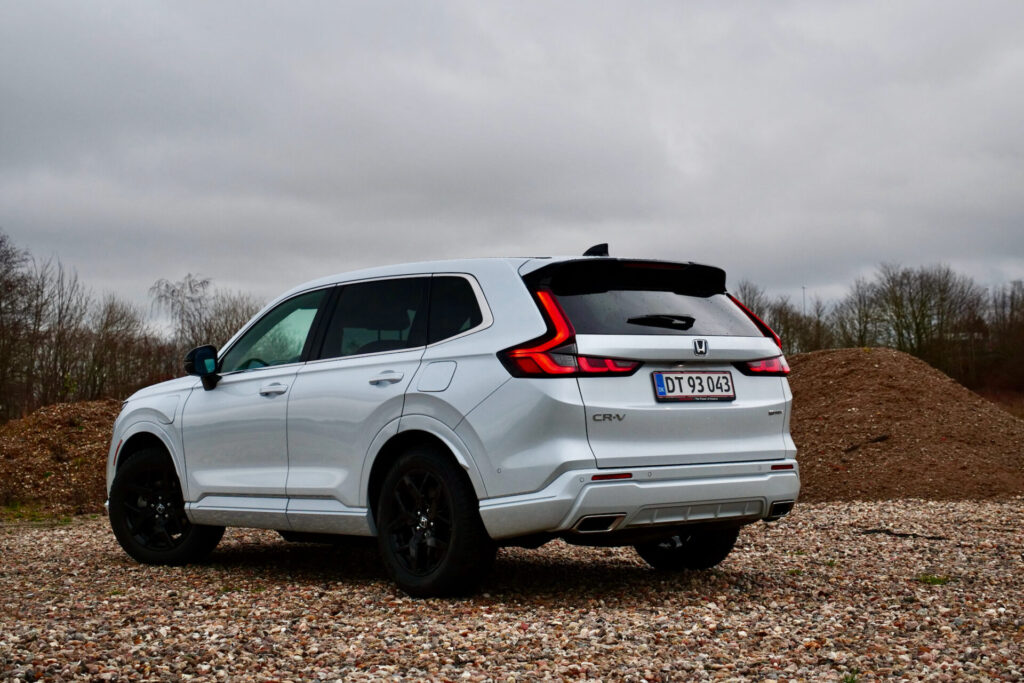

How is the interior design and space in the two?
CR-V. It has grown, although it has not completely outgrown the class. Next to the Sportage, it is big, because it has grown once again. This time to over 470 cm in length, so there is close to 20 centimeters down to the Sportage. Not for your sake or mine, but because the Americans, who just love the CR-V, obviously always need more space than they had in their old car.
But I have to promise that it gives just the right effect in the cabin. The CR-V has room for large arm movements and long legs in all seating positions, and with a luggage compartment of up to 1,710 litres, the angular design and the length of the Japanese make really good conditions for families with children.
In the short Sportage, I am surprised that there is almost as much space in the trunk with the seats in use as there is in the CR-V. And with the seats folded down, there is 5 liters more. In a fairly compact car like the Sportage, 1,715 liters is well done (did you know that the American Sportage is longer than the European one because Kia customers think like Honda customers?).
In the back seat of the Sportage, there is more cramming, but still reasonable legroom. From the front seats you can see a neat and sober design, but in the basic edition Prestige also a comical “digital” instrumentation with a 90s design, a touch panel which should cover operation of both air conditioning and navigation/media by changing when you choose it. It’s okay, and it sort of applies to the quality of the materials, but it doesn’t apply to the front seats at all. There is DKK 40,000 for the Upgrade version with electric seats. Use them if you can, because the seats in the Sportage Prestige are flat and no better than in a Picanto.
Only on one point is the CR-V interior below the level of the Korean car: the infotainment system. It needs to stop with the menu structure and the disgusting icons, because this is an expensive car. And that tells me everything else in the cabin. Soft and delicious surfaces, large sunroof, head-up display and electric seats as standard. Really excellent electric seats.

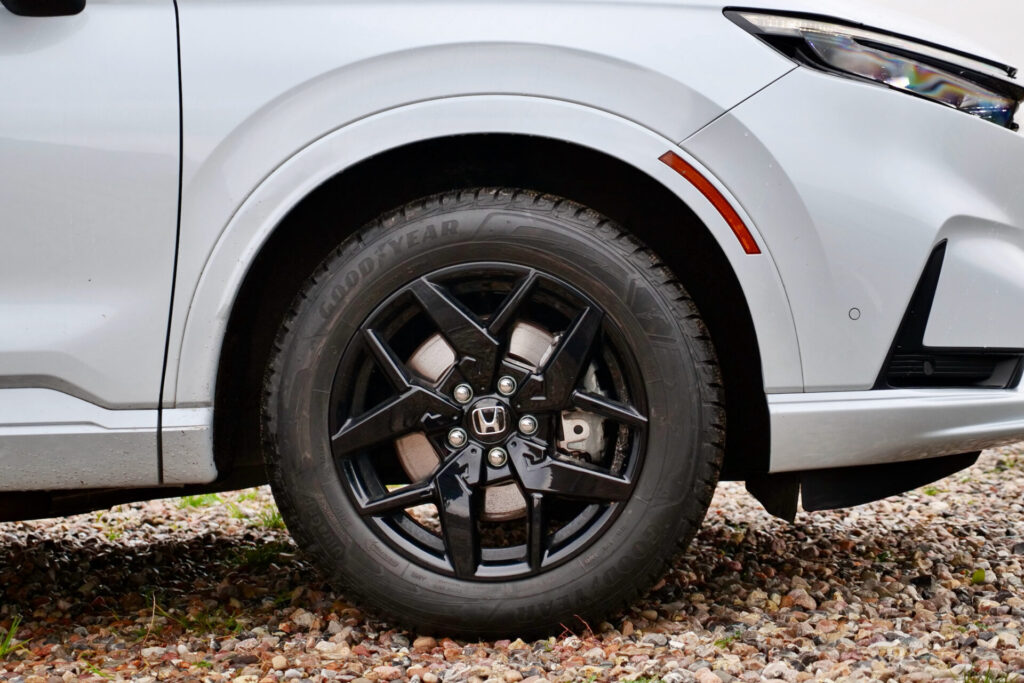
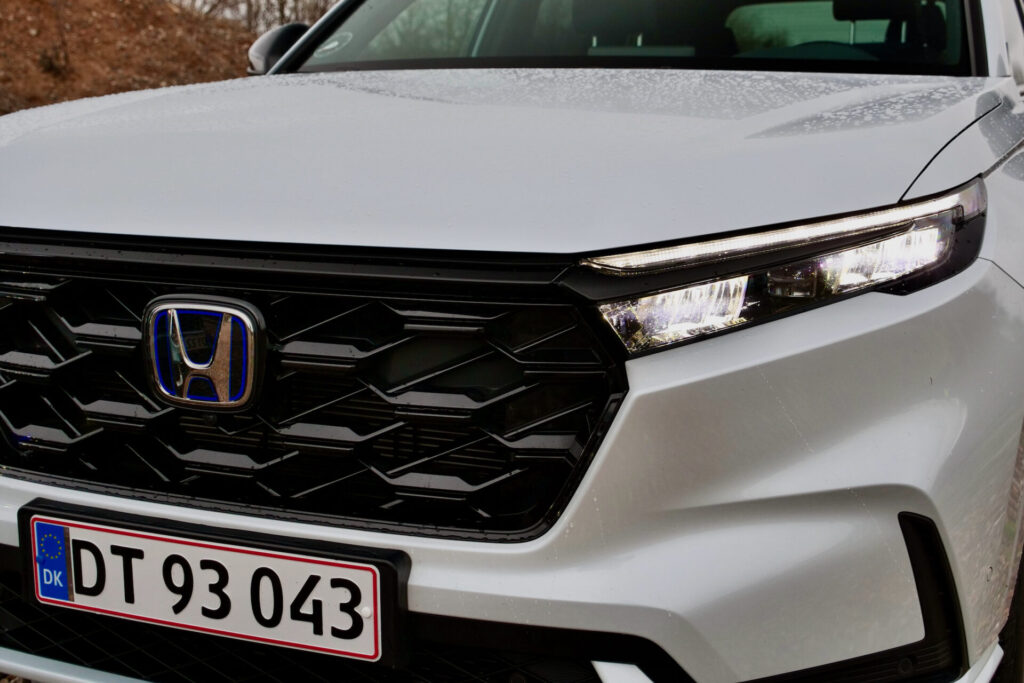
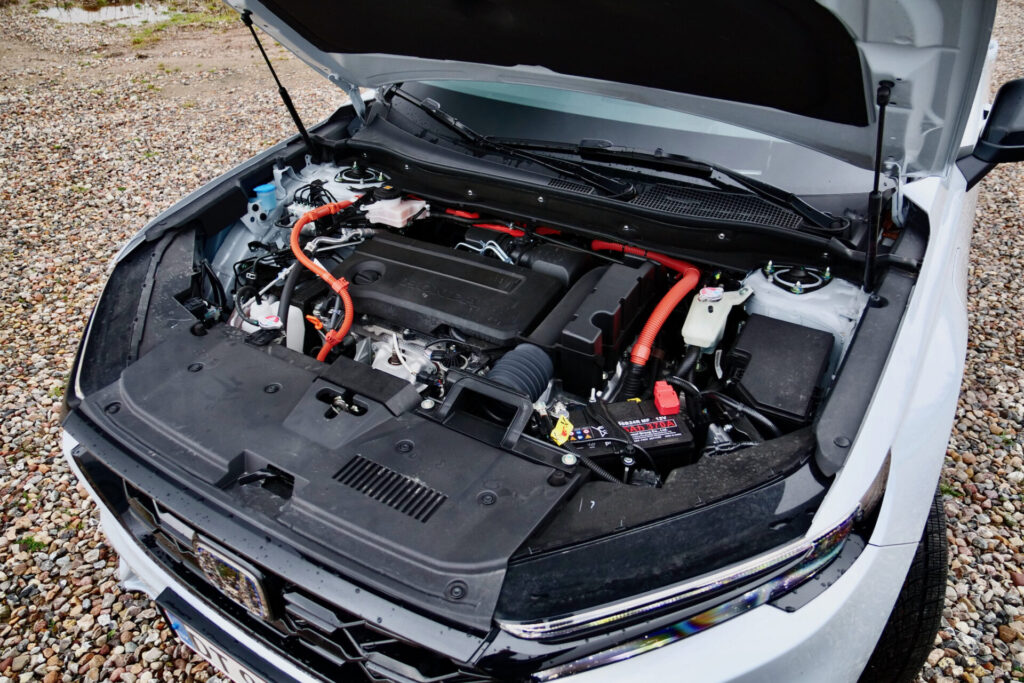

Do they have enough strength?
Your neighbor who just got a Tesla Model Y Performance – on the same day as 250 other Danes also got a new Model Y – can set off like a madman. You can’t keep up with either of these plug-in hybrids, and why should you?
The Sportage Plug-in Hybrid takes off and hits 100 km/h in 8.2 seconds, and it gets a little help because it has four-wheel drive and 265 hp. The Danes cannot choose four-wheel drive for the CR-V E:PHEV, as the Germans can, for example, for the regular hybrid version, and together with 184 hp, traction on the front wheels cannot trigger 0-100 km/h in less than 9.4 seconds. Yes, there are still large cars available that act like very small cars.
It’s a little illustration, the numbers from 0-100 km/h, which I have to ask you to forget again. When Sportage and CR-V feels much faster, then it is more important. But in no way do the drivetrains of the two cars resemble each other.
The Sportage engine, a 1.6-liter turbo, tries to cooperate with the 6-speed automatic transmission, and agreement is not forthcoming quite often. It all happens a little inelegantly when the power is released (in winter no more than about 40 kilometers), and the turbo engine has an ugly, metallic sound. Sportage can be kicked, but it seems so unfair.
The CR-V is in the top three, I think, of the best plug-in hybrids I’ve tried. The BMW 545e and cars in that category lie above, but of course they do. The CR-V can run longer on electricity than the Sportage (I shoot for 50-55 kilometers in the winter), and when the battery is drained, the CR-V continues to feel harmonious and cultured. This is because the petrol engine makes power for the electric motor, and there is no traditional gearbox with steps. Smooth, smooth, smooth it goes. Forget that it only has 184 hp, because it also has 335 Nm.
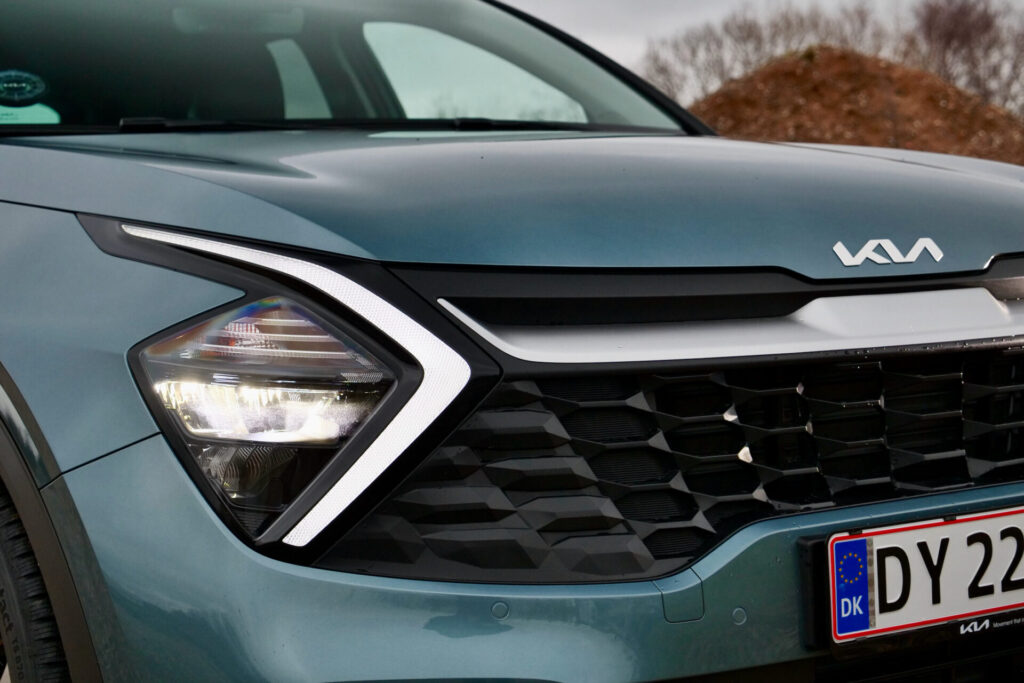
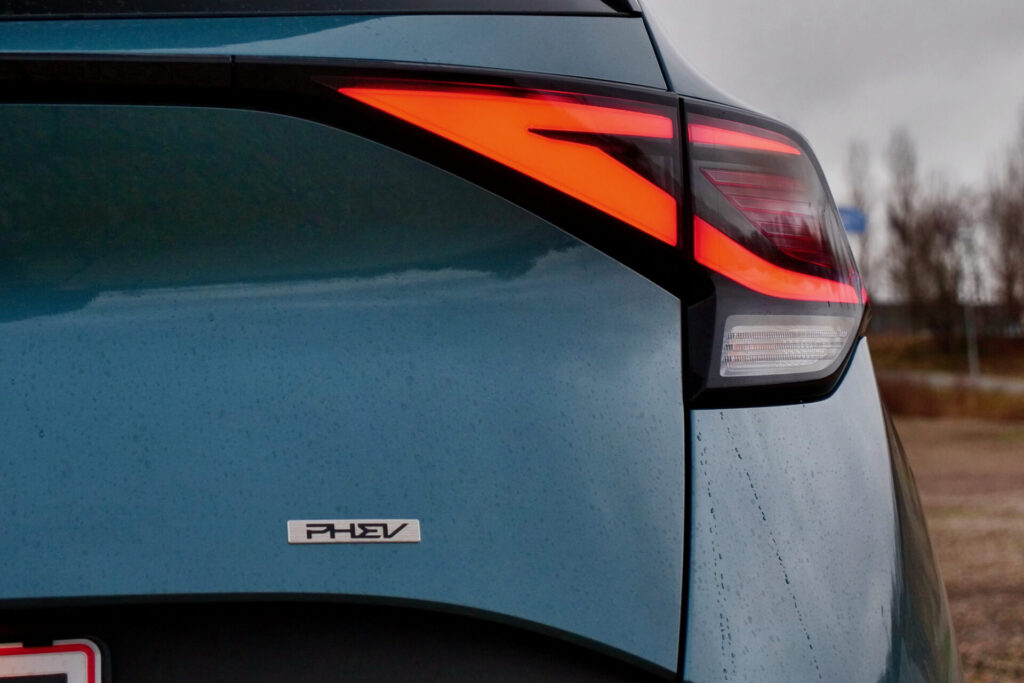
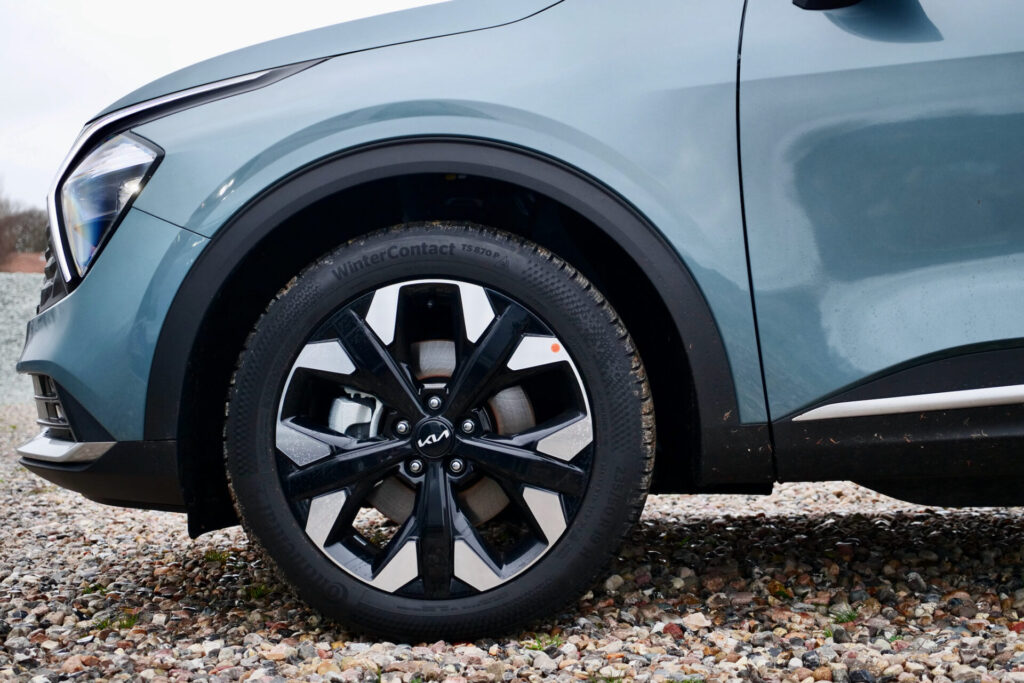
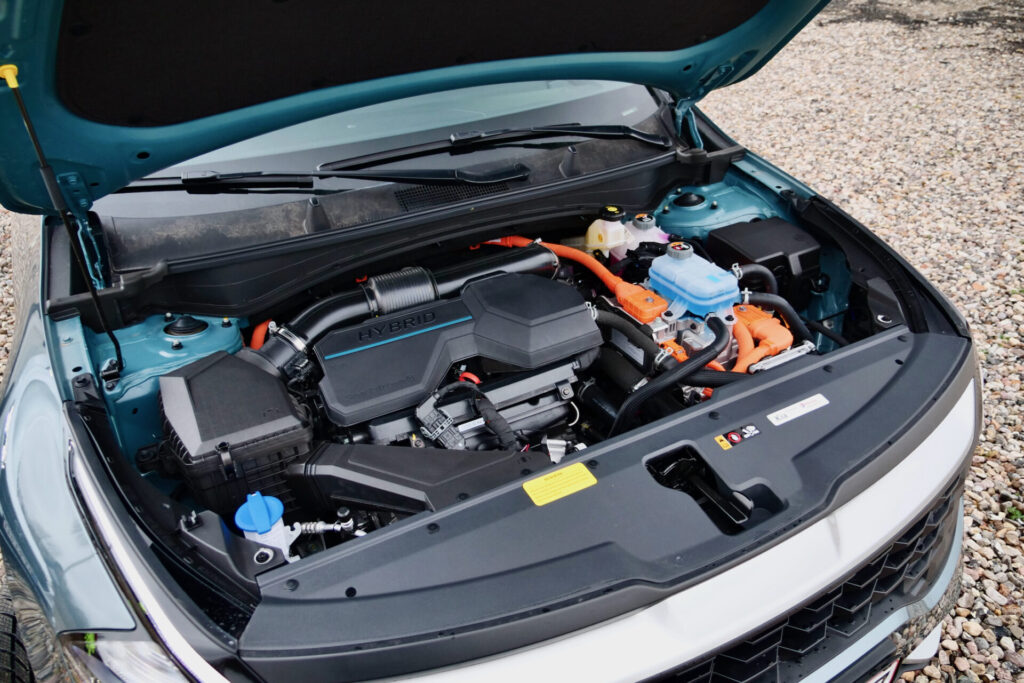
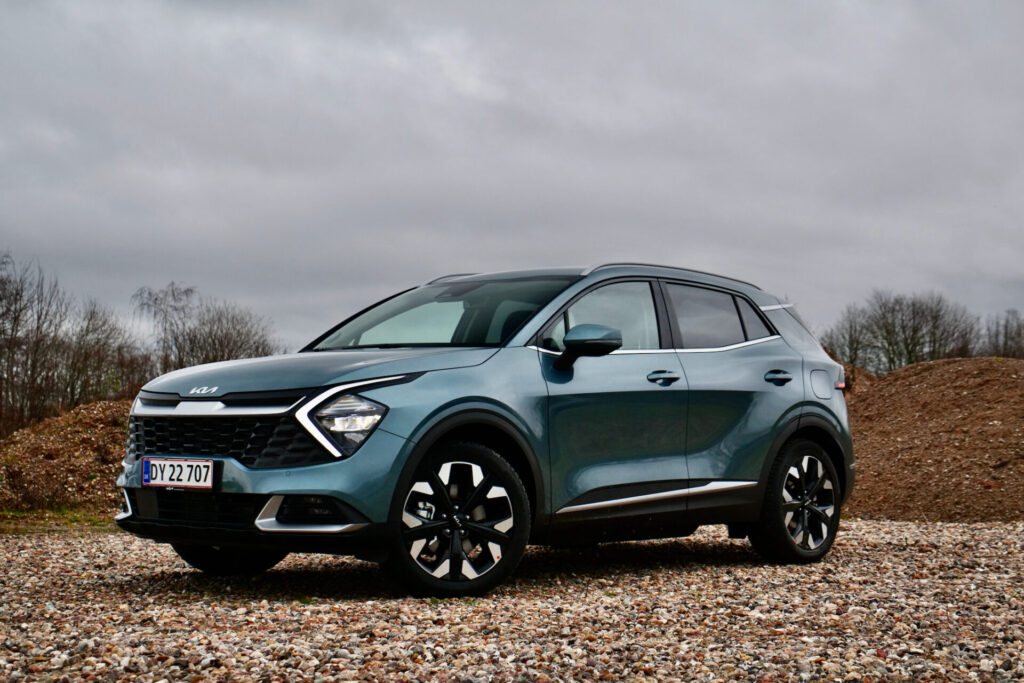
How do they drive?
Here again, there are big differences, but these are the same words I can use about the CR-V and Sportage; The CR-V is harmonious, agile and cultured, where the Sportage is inelegant and inharmonious.
The Sportage could use an inch on the wheel size. Maybe it could help with a suspension that simply lacks balance. A little too stiff, a little too uncontrolled over various bumps, so there is something to work with for Kia. And while they’re at it, because they’re working on a facelift for 2024, give the steering an overhaul. It’s disappointing and sluggish.
The CR-V has steering that makes it really comfortable to drive straight out on the country road, straight out on the highway and around various curves. Honda has had that part under control for many years, and they also have that in the CR-V. The steering is not too quick, but it has no dead spots or seems indirect – perfectly adapted to a medium-sized, comfortable SUV.
It’s the CR-V. Comfortable. It does not have a perfect suspension, but it is far from the helpless and incomprehensibly tight in the Sportage. Here is smooth handling of the potholes on Danish roads, very good stability on the motorway and no hesitation when it comes to driving safety. Honda has chosen 18″ wheels, so one inch smaller than at Kia.
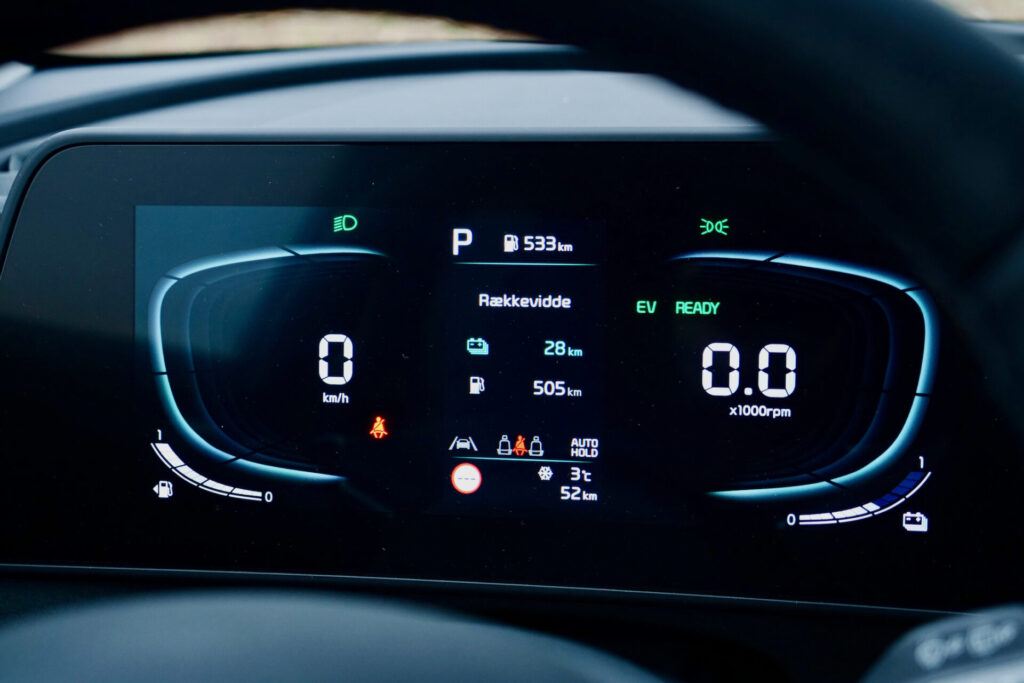

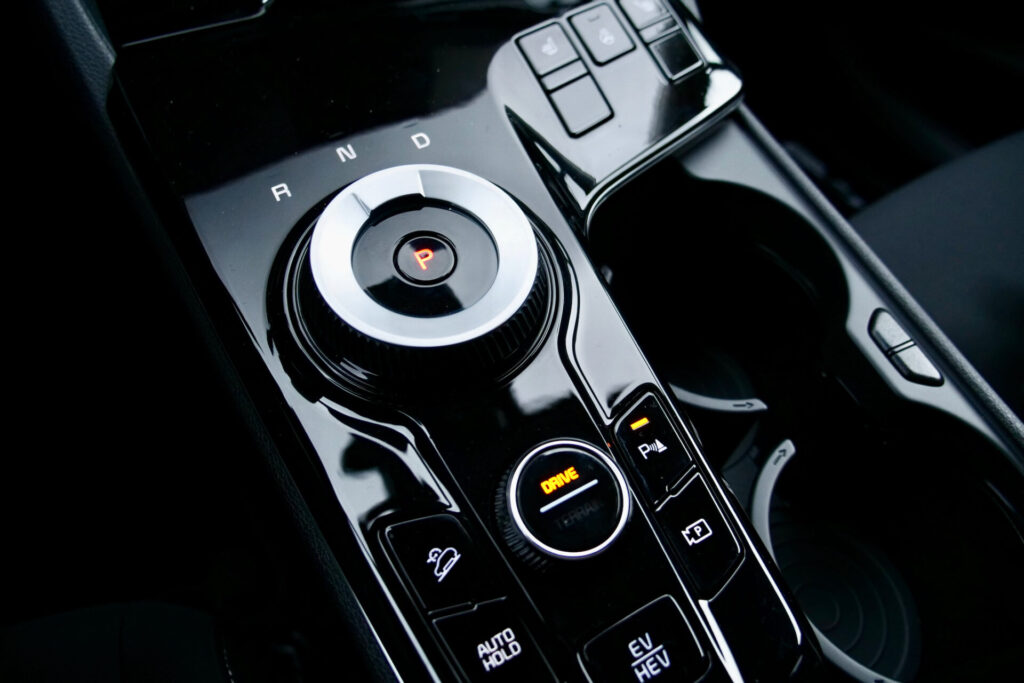
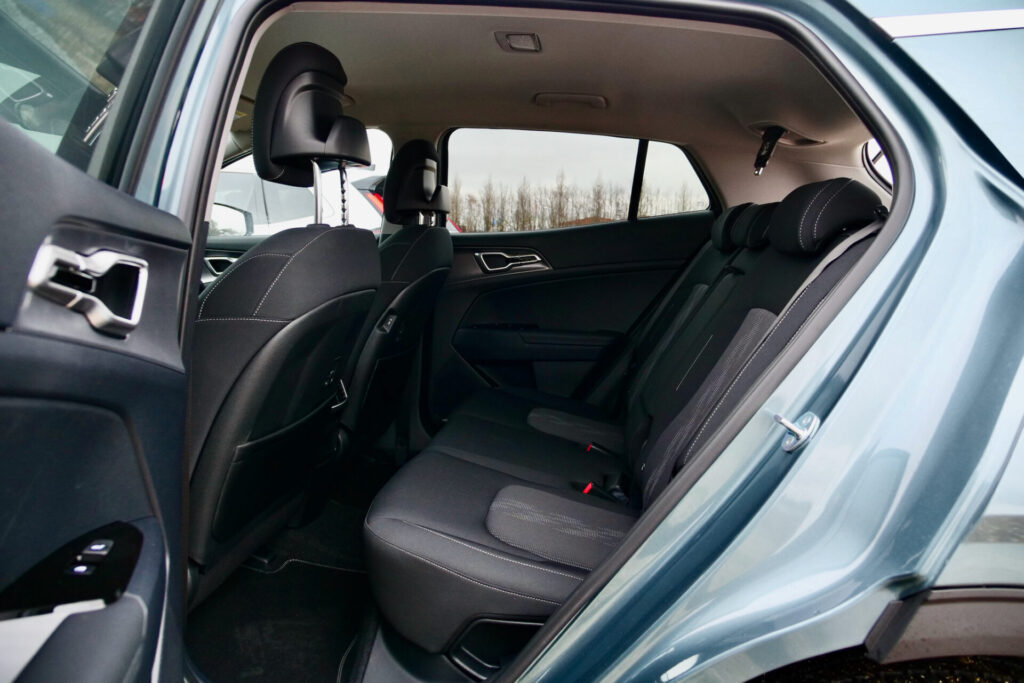


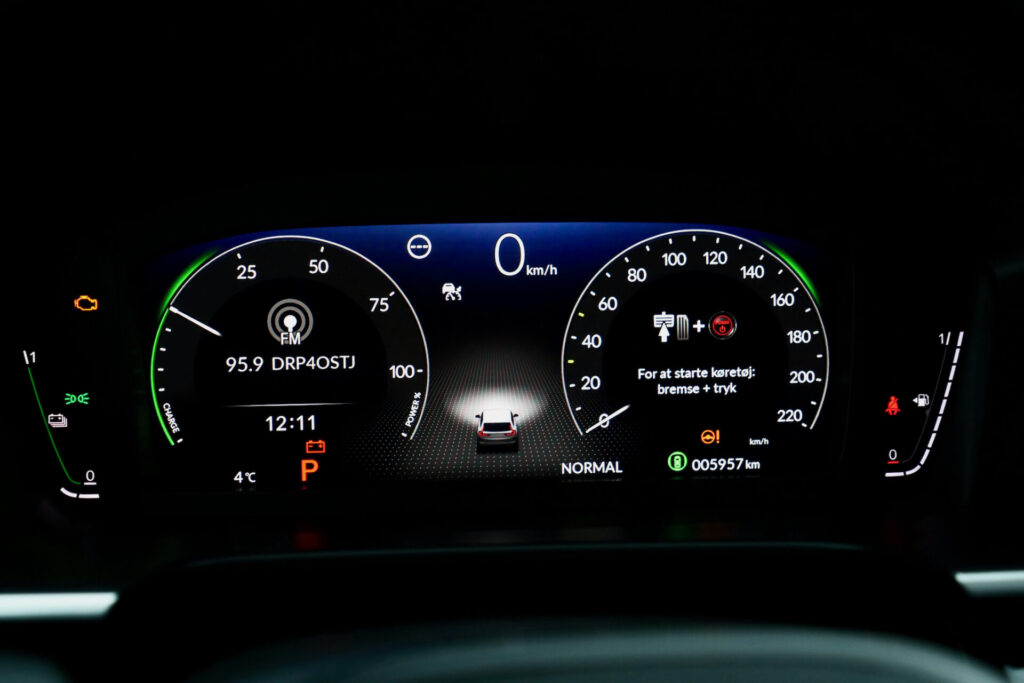
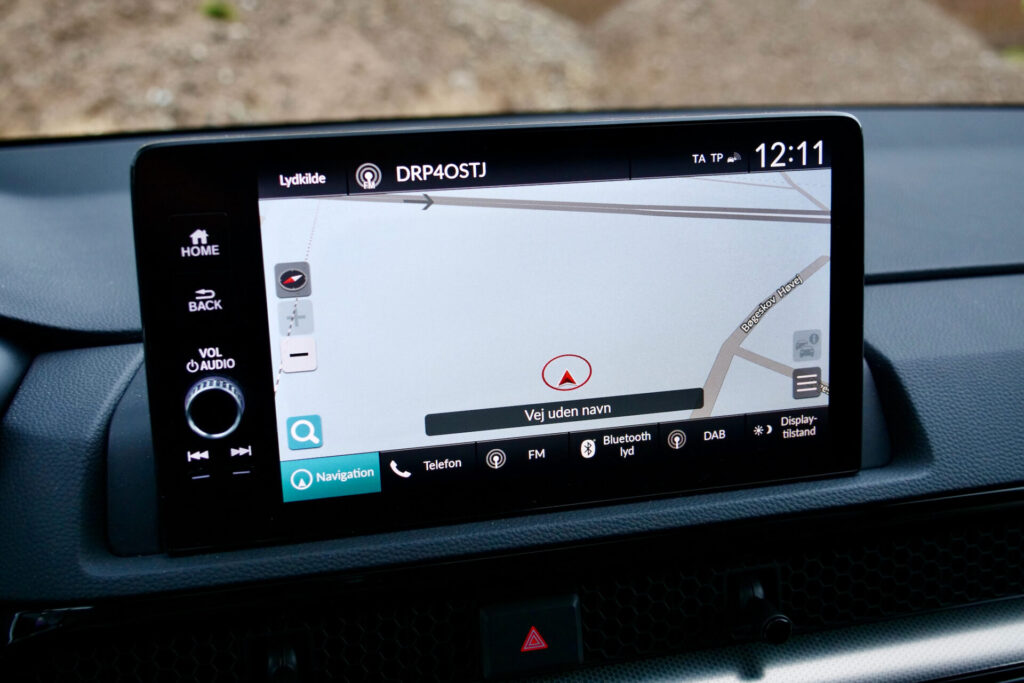
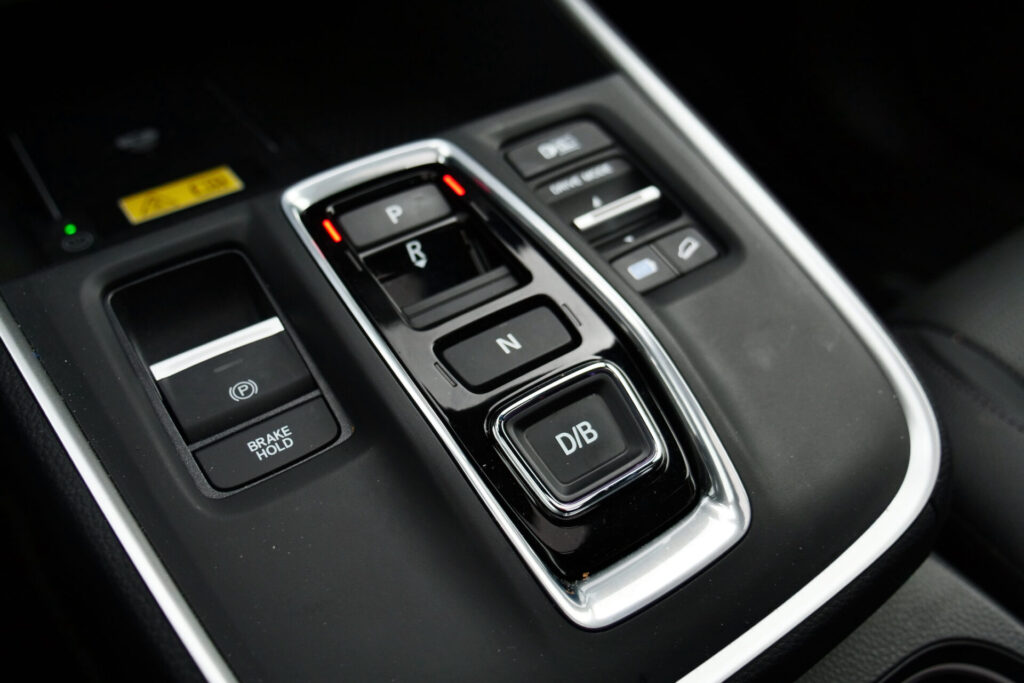
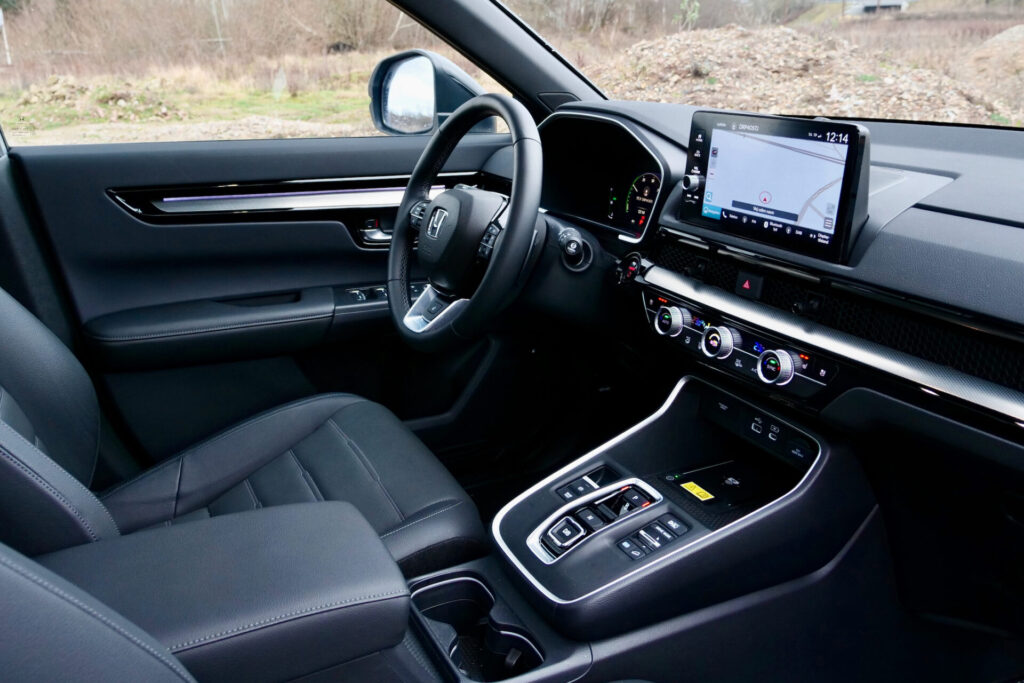
What do they cost?
Here is another big difference to address. The Sportage Plug-in Hybrid and CR-V E:PHEV are so far apart in terms of price that there is a Peugeot 208 between them.
The Sportage starts at DKK 379,900 for the Prestige variant, which I have included in the duel here. I would recommend the Upgrade variant, where far better front seats, fully digital instrumentation, adaptive LED headlights, electrically operated tailgate and keyless operation are included. The price is DKK 419,900, and if you want to spend a little more, you take the styled Sportage GT-Line for DKK 439,900.
Add EVERYTHING in equipment, and with metallic paint, large sunroof, blind spot camera, Harman Kardon sound system, artificial suede front seats with ventilation and adaptive chassis, the Sportage GT-Line can be raised for approximately DKK 521,000.
That’s not quite enough to match the price of the CR-V E:PHEV. With metallic paint, the price is DKK 566,000. Honda has constructed an excellent plug-in hybrid, a comfortable, stylish and spacious SUV, but they have chosen a price level that is unsustainable to sell the car.
It is reasonable that Honda would like to present the CR-V E:PHEV as a top model, so it has a largely complete equipment package. Metallic paint is the only addition, so everything else you see is standard. When it gives a price that starts to smell like the Audi Q5 as a plug-in hybrid, then something is completely wrong.

Which of the two cars is the best?
There is no discussion. The best car when comparing the new CR-V E:PHEV and the slightly older Sportage Plug-in Hybrid directly is the CR-V. It doesn’t have major weaknesses like the Sportage and it has a hybrid system which is amazingly good. Honda shows that there may still be room for a plug-in hybrid.
But the best car in this duel is also very expensive, and this makes it stand as a winner that does not unconditionally deserve its victory. It’s a shame, because even though it comes on the market very late, it has a lot going for it.
The Sportage is a plug-in hybrid of the average kind. It lacks harmony in driving characteristics and hybrid system. It comes with a low price in this company, but DKK 380,000 is also a kind of money when the hybrid system does not impress.
SPECIFICATIONS
Honda CR-V 2.0 E:PHEV Advance Tech
Engine: R4, 1,993 cm3 + electric motor (which always drives the car)
Performance: 184 hp/335 Nm
0-100 km/h: 9.4 seconds
Top speed: 195 km/h
Spending: 125 km/l
CO2 emissions: 18 grams/kilometer
Battery size: 17.7 kWh
Range of electricity: 82 kilometers
Dimensions (L/W/H): 471/187/167 cm
Curb weight: 1,988 kilos
Draw weight: 1,500 kilos
Trunk volume: 617-1,710 litres
Price: DKK 554,000 (CR-V available from this price)
Private leasing (one-off payment/monthly payment): Contact dealer
Tax basis, company car: Contact dealer
SPECIFICATIONS
Kia Sportage 1.6 Plug-in Hybrid Prestige
Engine: R4, 1,598 cm3 + electric motor
Performance: 265 hp/350 Nm
0-100 km/h: 8.2 seconds
Top speed: 191 km/h
Spending: 89.2 km/l
CO2 emissions: 25 grams/kilometer
Battery Size: 13.8 kWh
Range of electricity: 70 kilometers
Dimensions (L/W/H): 452/187/165 cm
Curb weight: 1,905 kilos
Draw weight: 1,350 kilos
Trunk volume: 540-1,715 litres
Price: DKK 379,900 (Sportage Plug-in Hybrid available from this price)
Private leasing (one-off payment/monthly payment): Contact dealer
Tax basis, company car: Contact dealer
